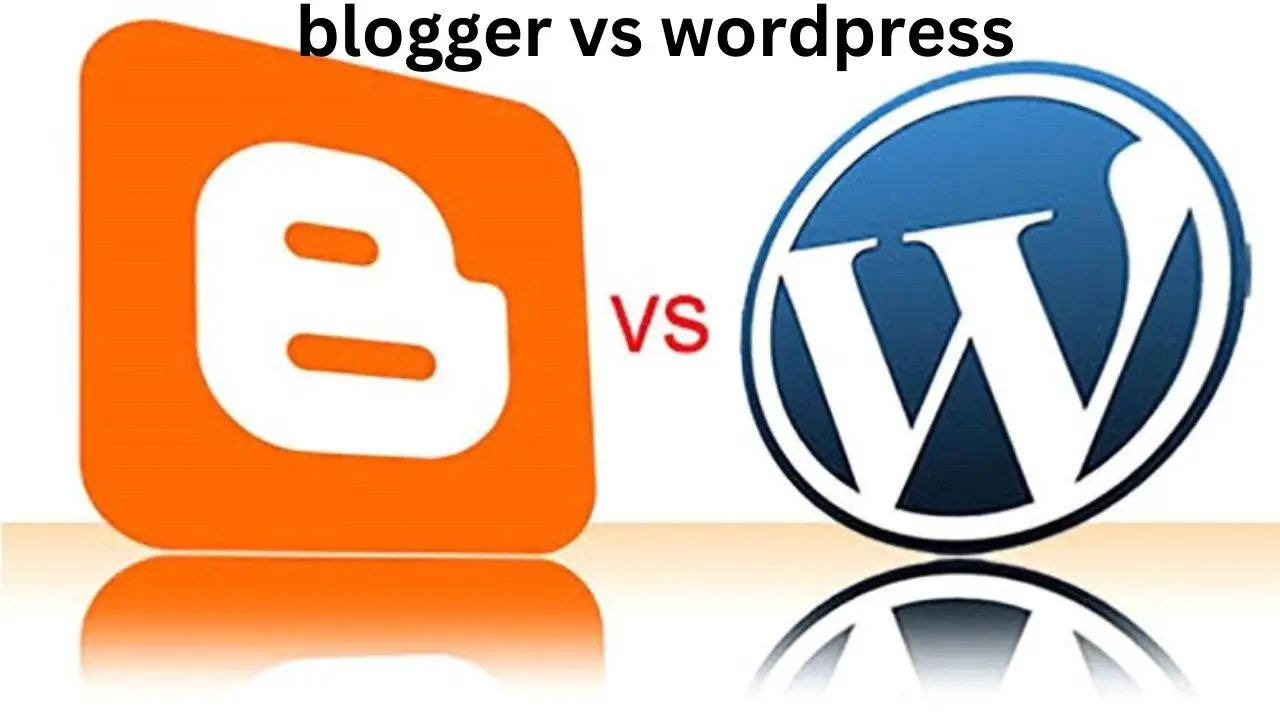
How to Start a Blog : Step-by-Step
How to Start a Blog: Step-by-Step
Introduction
Blogging has matured in the digital age as a probable channel for information sharing and communities. It may also turn out to be extra income. Making a successful and engaging blog is not difficult if one gets the right guidance. This paper acts as a step-by-step guide on how to start a blog—from choosing a niche to the promotion of content.
Pick a Niche
First, know what you love and what you’re good at. First of all, define the proper niche which will perfectly suit your interests and areas of expertise. If you clearly set your niche, this will give you an available audience whom you will be comfortable addressing easily and establishing yourself as an authority in that particular field. Now that you’re required to choose a niche, here are some few questions you should consider:
What subjects are you interested in?
Know anything inside or any good at?
Does the world need the type of content you specialise in?
Researching Your Audience
You should know your target audience so that you manage to write stuff that’s going to make some sense for them. Knowing who your readers are helps in-depth research about their needs, priorities, and problems. Tools like Google Analytics and social media insights you can use to your advantage, but you can also get data from online forums about your potential readers.
Setting Up Your Blog
How to Choose a Blogging Platform
The right blogging platform is just what you need for your blog. There are a number of popular options in use today, each of which has different ranges of features and ways through which one might customize them, such as WordPress, Blogger, and Wix; of these, WordPress comes highly recommended since it has flexibility, ease of use, and a gigantic plugin library.
Choose a Domain Name and Hosting
This is, in fact, a domain name that acts as your blog address on the web. It should be memorable, spellable, and relate somehow to the target niche. Now that you’ve selected the domain name, you’ll want to pick reliable web hosting to host or store your files in so that it goes live on the web. Some of the best options in terms of hosting include Bluehost, SiteGround, and HostGator.

Step 2: Install WordPress and configure settings
After choosing a domain name and the hosting service provider, you would need to have WordPress installed. Most of the hosting services have one-click installations for WordPress. Now configure the settings of your blog, which include the site title, tagline, and the permalink structure. All these settings will have impacts on both SEO and the user experience of your blog.

Designing of Your Blog
Choose a Theme
An excellent blog should be attractive and user-friendly. WordPress offers both free and paid themes. You can select the one that will suit your blog niche and offer excellent user experience. Customize it according to your brand color, font, and layout.
Install Must-Have Plugins
Plugins will let your blog features grow, and in return, enhance its performance. Some of the necessary plugins to be installed in a new blog are the following:
Yoast SEO—This is a plugin that allows for search engine optimization and readability in the blog post. Akismet: This plugin prevents spammers from getting into your blog. Jetpack: It includes tools on security, performance, and marketing. WPForms: A front-end contact form super easy to use. Design a logo and other brand elements.
A strong brand identity sets your blog apart. First and foremost will be the designing of a unique logo, other branding elements bringing together personality and value—all that your blog is going to stand for. You will also have professional-looking graphics at your fingertips with tools such as Canva and Adobe Spark.
Quality Content Creation
Design a Content Plan
This makes a well-thought-out content plan at the core of any successful blog. Plan your content to be relevant and meaningful according to the interest and needs of your audience. Devise an editorial calendar for posting and try to stick to it. This can prove important in periods when you need evergreen content versus more timely and relevant posts.
Write Engaging Blog Posts
If you happen to be a blogger, then you have to keep your readers on their toes and interested. Discussed below are some of the tips with regard to writing engaging blog posts:
- Attention-Grabbing Headlines: Your headlines have to be compelling, informative, and appealing in the view of relevant keywords.
- Interesting Introductions: Keep the reader interested through an exciting introduction that works like a lead-in to the post, setting forth its purpose.
- Body Content: This is all about the inclusion of useful information that is articulate and structured. Division of text to easily readable subheadings, bullet points, images.
- Strong Conclusions: Wrapping up of the main points, this has call of action so as to get interaction from the readers.
SEO Optimization
Search Engine Optimization takes a very instrumental role in driving organic traffic to your blog. The best practices in SEO to be implemented are the following:
- Keyword Research: Find appropriate keywords and include them in your content at the correct places.
- Meta Descriptions: One will craft meta descriptions for every post, which would create the redirection or a summary of the entire post.
- Internal Linking: You should link it with other related posts, that you might have written sometime back in your blog. It keeps the interest of the reader and at the same time does better SEO.
- Alt Text for Pictures: Add alt text to describe what all the pictures are about. It improves the accessibility and eventually SEO.
Promoting Your Blog
Use Social Media
Social media sites are quite powerful in popularizing your blog and breaking it out to the many audiences that you would like to reach. This sharing means putting up your blog posts on popular platforms like Facebook, Twitter, Instagram, or even LinkedIn. Engage with your followers by making sure that you are responding to comments and actively joining in the discussions.
Guest Posting
Guest posting on other related blogs would not only allow you to reach other audiences but also give you backlinks to your blog. Just make a list of a number of respected blogs that do allow guest posts and pitch them quality relevant content.
Email Marketing
Build up an email list from your readers and then mail them updates. Give away something for free in return, like an ebook or some unique content, in exchange for the email addresses and insist that people add their names to the emailing list. Be creative while sending up by newsletter email marketing software Mailchimp or ConvertKit.
Engage Your Community
You will want to build up an audience who will stand with you thick and thin; building a loyal community towards your blog is therefore very crucial if you would like it to be sustainable. You can achieve this by engaging in the comments on your blogs, responding on social media, joining online forums, and even contacting other bloggers within your niche.
Conclusion
Proper setup of a blog demands great planning, dedication, and strategicness—from the selection of an appropriate niche to its execution in structure and production of quality content to its promotion. Then you will get a successful and influential blog. After all, everything depends on the consistency and persistence in your pursuit towards the goals set out for with your blog.






Leave a Reply